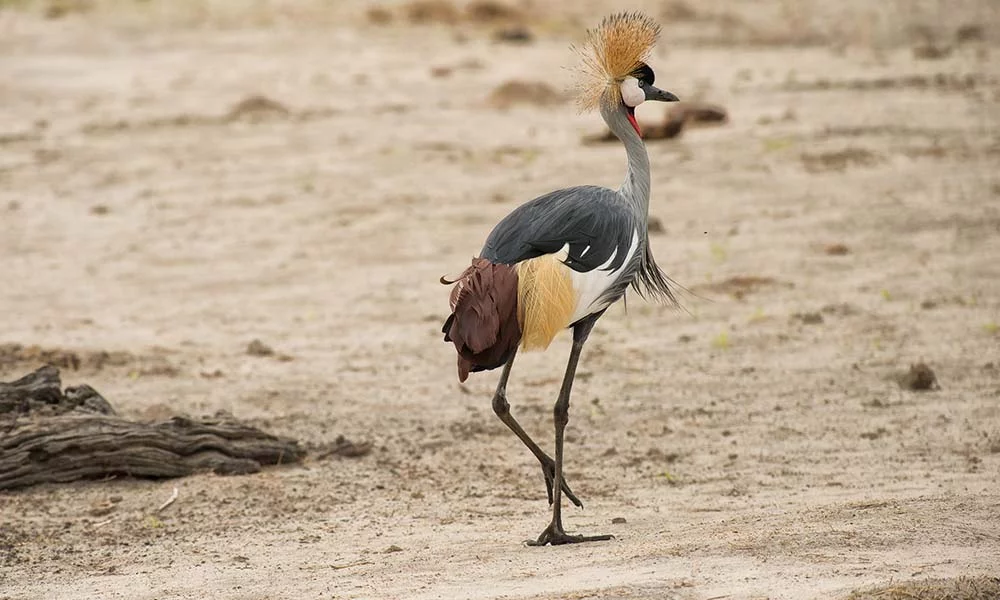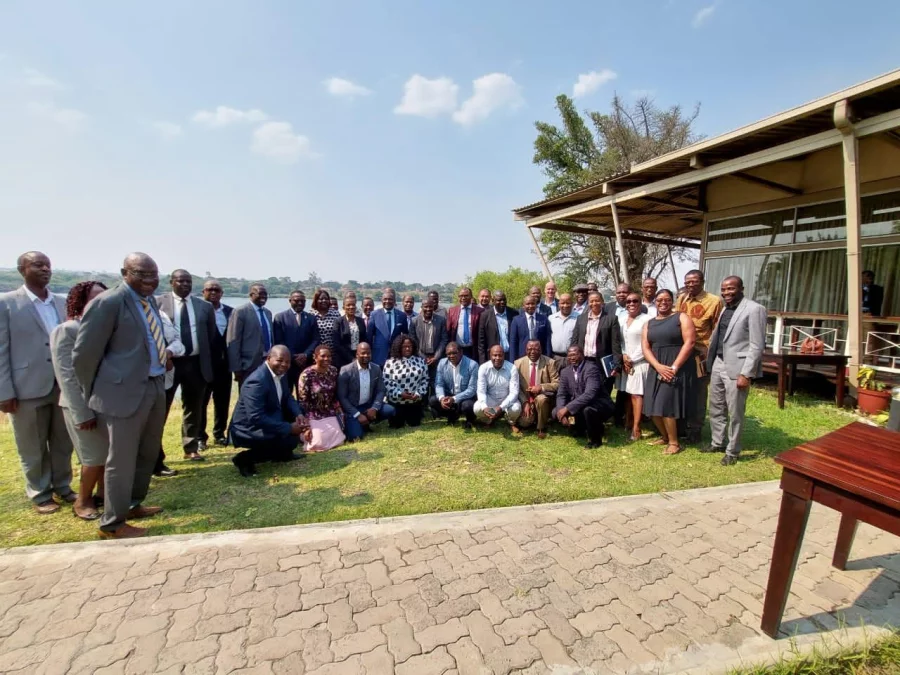LT&C Example News from KAZA TFCA
By Netsai Bollmann, Programme Manager at the KAZA Secretariat
At their 2022 meeting, Ministers of the Kavango Zambezi Transfrontier Conservation Area (KAZA TFCA), reaffirmed their commitment to joint planning and regionally integrated approaches to supporting tourism recovery in KAZA following the adverse impacts of the global Covid-19 pandemic.
With a geographic scope of approximately 520,000km², KAZA is the world’s largest terrestrial TFCA, comprising a network of formally protected areas across international boundaries of the Republics of Angola, Botswana, Namibia, Zambia, and Zimbabwe.
Home to some of the most significant tourism destinations in Southern Africa, and internationally, KAZA is a medley of inscribed World Heritage Sites, diverse cultures, and renowned protected areas, many of which house threatened species as well as the largest contiguous population of African elephant on the continent.

Resultantly, tourism is high on the development agenda of the KAZA Partner States, with the KAZA Ministerial Committee recently reaffirming a commitment to tourism joint marketing and development initiatives including the establishment of the Great KAZA Birding Route, the implementation of a joint marketing campaign, and the development of a destination brand and corporate identity for KAZA TFCA.
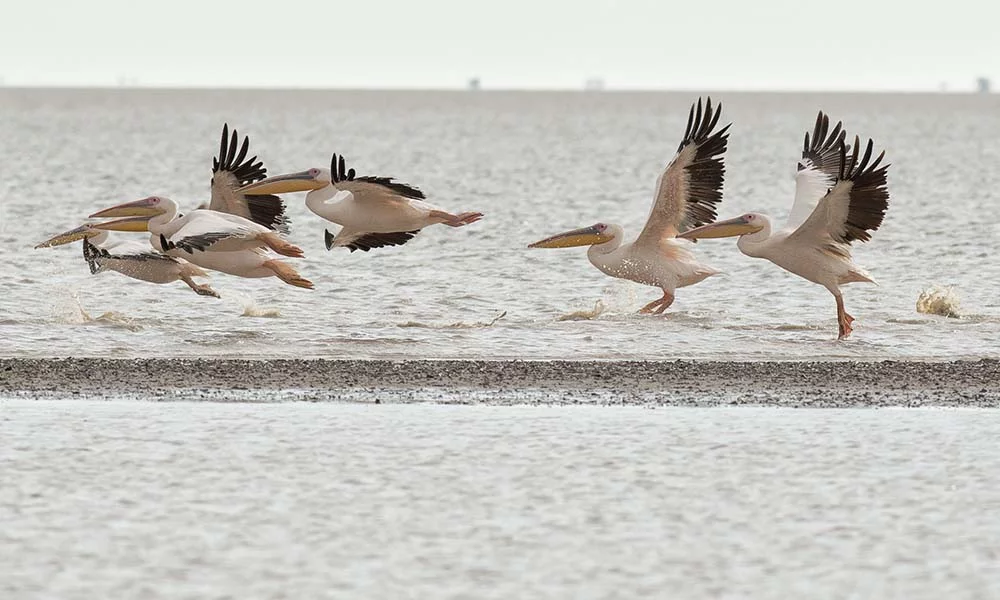
Why the KAZA TFCA is so special
KAZA, one of 18 TFCAs in the Southern African Development Community (SADC), was founded on the realisation that natural resources straddling boundaries between the KAZA Partner States are shared assets with substantial potential to meaningfully contribute to biodiversity conservation and the socio-economic development of rural communities living in and around them.
KAZA comprises 20 national parks, 85 forest reserves, 22 conservancies, 11 sanctuaries, 103 wildlife management areas, and 11 game management areas. This gives a total of just over 37,000km² under some form of wildlife management across a landscape that sees a vast array of wildlife moving within a network of protected areas across borders.
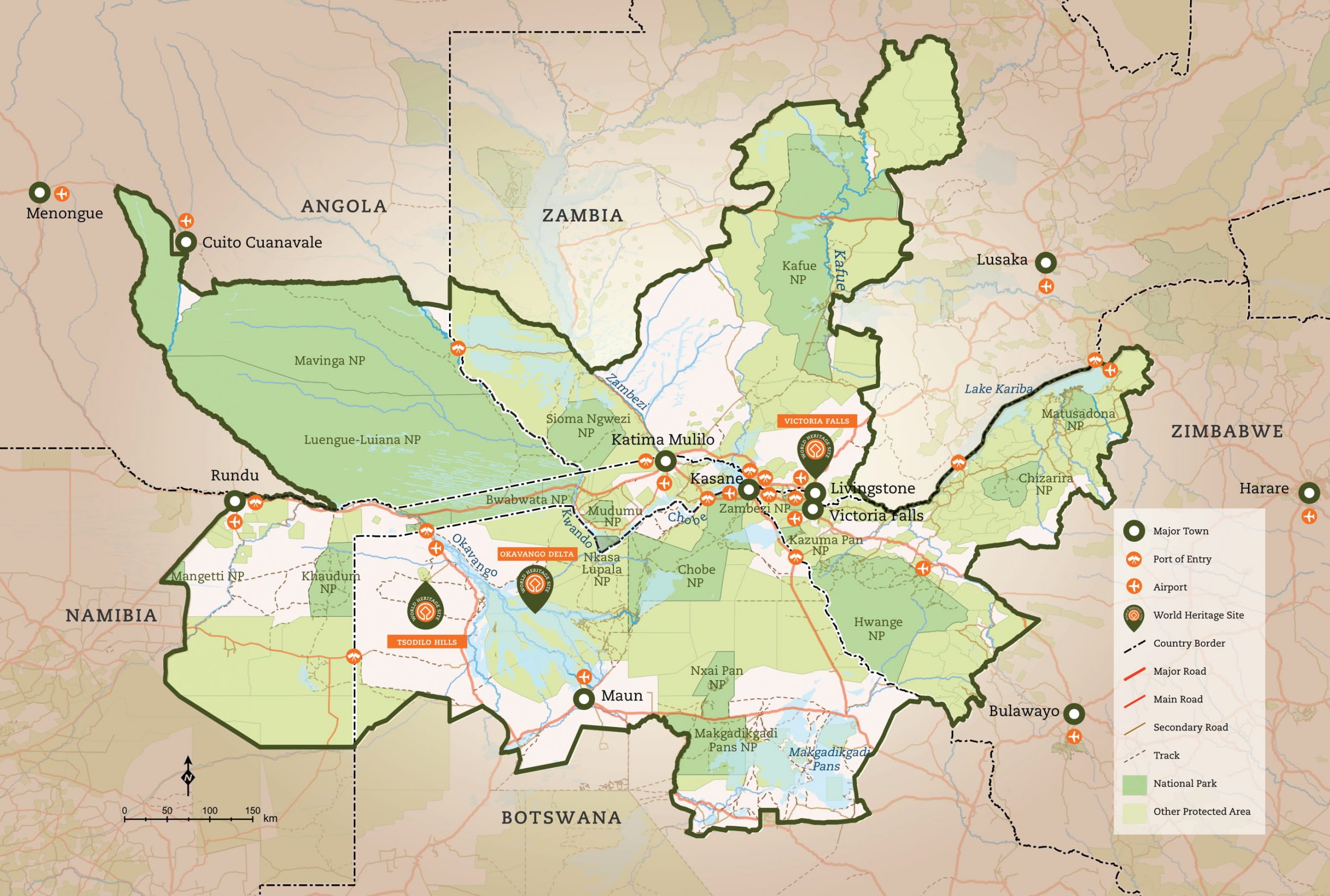
KAZA is also home to an estimated 2.5 to 3 million people living in or adjacent to KAZA, and coexisting with wildlife. Resultantly, the needs of humans and wildlife often collide as wildlife traverses through the landscape’s network of protected areas through wildlife corridors and disbursal areas through mixed and, at times, incompatible land uses.
Against this backdrop, much of the focus of KAZA Partner States is placed on the joint planning and implementation of interventions that aim to establish effective coexistent landscapes between people and wildlife, where real benefits are derived by local people while at the same time successfully conserving KAZA’s biodiverse landscapes.
Wildlife is a primary attraction of the KAZA landscape which is also home to natural and cultural UNESCO World Heritage Sites including the Victoria Falls, which straddle the international boundaries of Zambia and Zimbabwe, and the Okavango Delta and Tsodilo Hills in Botswana.
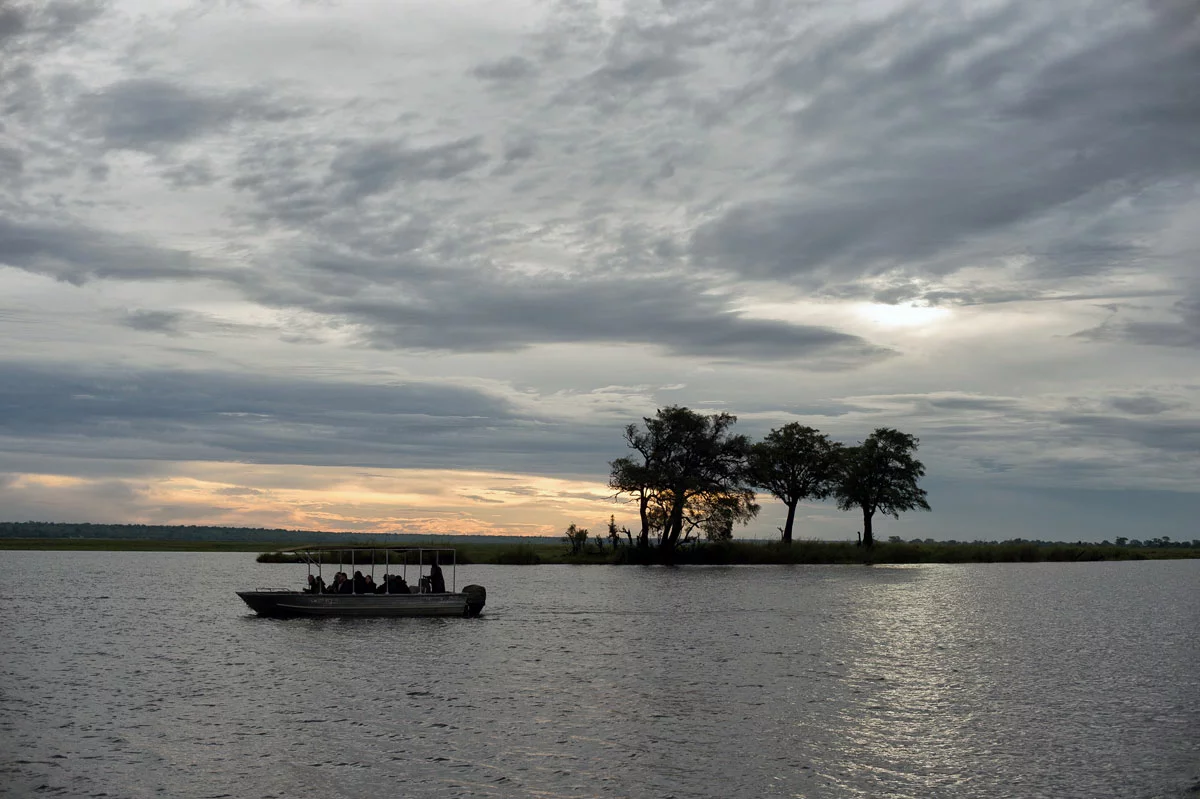
Great KAZA Birding Route
The scope of KAZA provides both range and opportunity for a diversity of species, with over 600 bird species having been identified in KAZA.
Against this backdrop, the development of avitourism as a sub-category or ‘niche market’ of nature-based tourism is important for KAZA as the region recovers from the impacts of the Covid-19 pandemic and works towards the diversification of its tourism offerings, minimising the effects of seasonality, and reducing the pressure on ‘honey pot’ areas by distributing tourists to lesser-visited places.
It is in this context, the KAZA Partner States committed to work together to develop the Great KAZA Birding Route which will promote the landscape’s most significant birding areas, and birder-friendly accommodation and activities, targeting both regional and international birdwatchers.
